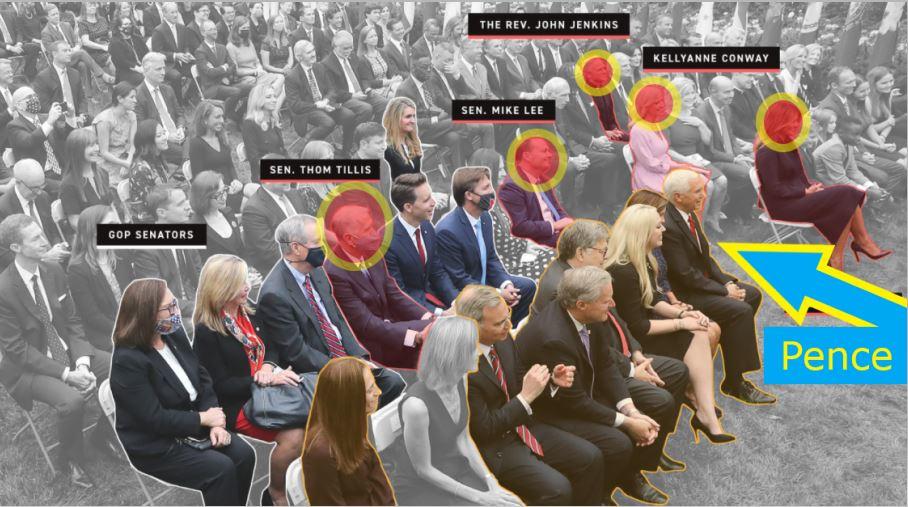Kevin Gutzman
The Tenth Amendment Center
December 23, 2011
The schoolboy version of the American system of government centers on the three-branch structure of the Federal Government established by the ratification of the Constitution in 1788. Integral to that structure are a system of checks and balances among those three branches and the division of powers between the Federal Government and the states. The Tenth Amendment makes that federalism principle explicit.
The dirty little secrets, however, are that the division of powers disappeared long ago, and the checks and balances do not work. Instead of a decentralized, republican system in which the Federal Government bears responsibility for only a few issues, then, Americans now groan under an unlimited central government whose taxing, spending, borrowing, and printing seemingly know no limits either of law or of sense.
To read through this tome is to be struck by the unalloyed banality of both Stevens’ writing and his mind. Stevens spent thirty-four years on the Court, and yet the 282 pages in his book include a 32-page Appendix reproducing the Constitution, the signatures affixed to the Constitution, and the amendments, two pages of acknowledgements, and several blank pages. In addition, he gives thirty pages over to an extremely shallow account of the history of the Supreme Court up to the middle of the twentieth century.In light of their distended significance, Supreme Court justices now occasionally bless the rest of us with their ruminations. The latest specimen of the genre is John Stevens’ Five Chiefs: A Supreme Court Memoir.
The Emergency Election Sale is now live! Get 30% to 60% off our most popular products today!



